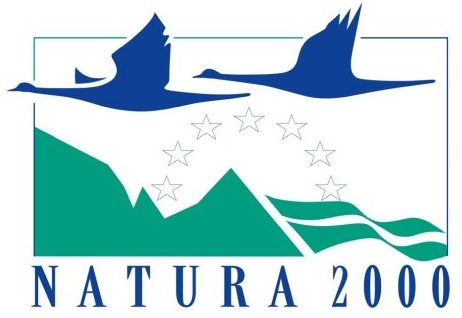
The great bustard is the biggest European flying bird species. In Slovakia, it was pretty common once, however these days, it occurs in only single locality at the borders of Slovakia, Austria, and Hungary.
The bustard has been nesting here only occasionally, and the current period is crucial – partner and a suitable territory selection is under way. In this period, it is necessary to minimize disturbances which the bustard is sensitive to. That’s why the Slovak experts beg people to follow the rules of nature protection. In cooperation with Hungarian colleagues they are planning a lot of activities which will improve nesting and foraging conditions for the birds, as well as create new opportunities for the visitors of the area.
“The bustard was once a common species in Slovakia. In 1956 there were 1165 of them living here, mostly in the south-western part of the country. Drastic changes in agriculture, the start of using chemicals, the perishing of small fields or fallow lands, the rise of large-scale monocultures…they all led to the devastation of the environment where the bustards had been nesting and foraging. Moreover, a network of power lines rose in the landscape, and a bird as large as a bustard, with the weight up to 18kg, was unable to avoid them in time. It resulted in fatal collisions,” claims Radovan Michalka, director of the administration of the Dunajské luhy Protected Landscape Area.
“Nowadays, we cooperate with power companies on the increasing of the visibility of power lines in several localities where the bustard has occurred in the past. In that single locality, from which the bustards have not yet disappeared, there are no power lines. The Sysľovské polia Special Protection Area is characteristic by intensive agriculture, dominating in 95% of the area. Therefore, after 2010, we could confirm only sporadic nesting of bustards, and only in four years,” informs Jozef Chavko from the Raptor Protection of Slovakia.
“Within the new LIFE Steppe on border project, we now have the opportunity to observe the population closely and take specific steps in order to improve the conditions substantially. On almost 112 hectares of land, the project will support the farmers in a significant change – in place of the intensively used fields there will be grasslands or fallows created with the varied spectrum of suitable plants representing an oasis of the animal species’ diversity, serving also as nesting sites for the bustard,” says Ridzoň.
“In Sysľovské polia, the law regulates the movement of visitors so that no disturbance of birds occurs. As it is an attractive tri-border area, it is amongst our priorities in the near future to significantly improve the current situation for visitors as well, namely by creating of an infrastructure for tourists in the less sensitive parts of the area and by reducing of the disturbance in the valuable parts of the Special Protection Area. We monitor the locality regularly and it is our great pleasure that, in comparison with the last two years when nature went through the strain due to strict COVID-19 measures, we have recorded less off-route visitation,” informs Chavko.
“We were positively surprised especially by the results of a survey conducted by the Focus agency at the beginning of March 2022. From among more than 1000 respondents 87% gave their consent for the state to take active steps in order to protect the great bustard in Slovakia. From 2023, there should be more favourable conditions for those farmers who get involved in the schemes under the Common Agricultural Policy and farm in a way that the bustards and other species benefit from it as well. It is a very important step on the part of the state. We believe that thanks to such measures and with the help of the new project, we will be able to save the nesting population of the most endangered species in our country, the great bustard, and thus create conditions for its spreading out to the area of Žitný ostrov,” concludes Ridzoň.
Illustrative picture: Flock of great bustards (B. Molnár)






